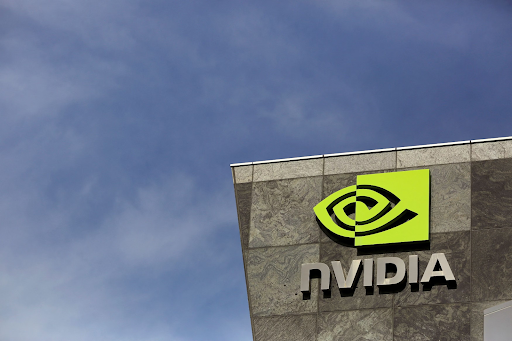This week’s stunning $100 billion announcement was not a spontaneous decision, but the formal culmination of a decade-long handshake between Nvidia’s Jensen Huang and OpenAI’s Sam Altman. The deal, which makes the chipmaker an equity partner in the AI lab, is rooted in a long history of mutual respect and a shared understanding of the future of technology.
The relationship has always been symbiotic. In the early days, OpenAI’s researchers would create AI models that pushed Nvidia’s GPUs to their absolute limits. In response, Nvidia would engineer more powerful chips, which in turn allowed OpenAI to dream up even more ambitious models. As Huang noted, it has been a relationship of “mutual advancement,” with each company spurring the other to innovate faster.
This long-term collaboration built a crucial foundation of trust. Sam Altman became the industry’s most vocal advocate for more computing power, a position that perfectly aligned with Nvidia’s business goals. He wasn’t just a customer; he was a partner whose success was directly tied to the performance of Nvidia’s hardware. The chronic compute shortage at OpenAI was a problem for both companies.
Seen through this lens, the $100 billion deal is less a surprising lifeline and more a logical evolution. It transforms an implicit partnership into an explicit one. By taking an equity stake, Nvidia is no longer just a supplier but a stakeholder invested in OpenAI’s ultimate success. The investment is a definitive statement that both leaders believe their goals are best achieved together.
The plan to build a 10-gigawatt “AI factory” is the ultimate expression of this shared vision. It’s a move born from years of confronting the same obstacles and arriving at the same conclusion: to truly unleash AI, they had to move beyond simply buying and selling chips and instead join forces to build the very infrastructure the future requires.


